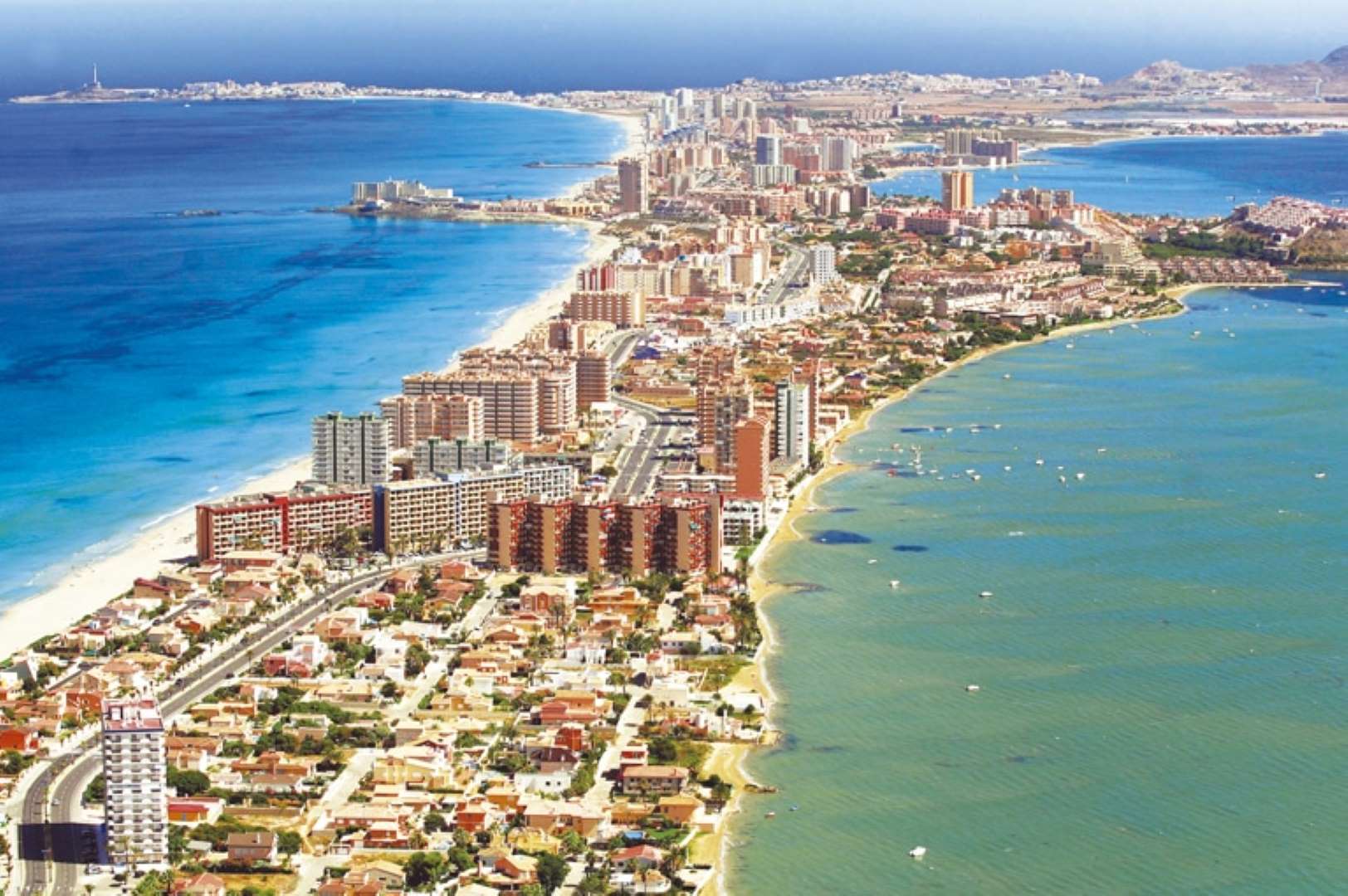Many are the doubts generated by the Energy Efficiency Certificate, essential when renting or buying a home. We explain everything you need to know about it.
Various European directives, including Directive 2010/31 / EU, of May 19, 2010, regulate the energy efficiency of buildings, so Spanish regulations have been adapted to this by Royal Decree 235/2013, of April 5 and Royal Decree 564/2017, of June 2.
Many are the doubts that have been generated since then about the Energy Efficiency Certificate of existing or new buildings, which arises from all these regulations and is essential when renting or buying a home. We explain everything you need to know about it.
Since 2013, in Spain, the owner of a property for sale or for rent is required to make the Energy Efficiency Certificate (CEE) available to buyers or tenants, either for the entire building or part of it , depending on whether it is a flat, a chalet, an office, a commercial ground floor, etc.
This energy certificate is an official document, issued by a certifying technician, which contains the identification of the building, floor or premises; the procedure chosen to obtain the energy rating, the information regarding the energy characteristics of the property, as well as the description of the inspections and tests carried out by the technician; the energy efficiency rating with its corresponding label; and a list of the measures recommended by the aforementioned technician to improve energy efficiency.
All the certifications issued must be registered in the General Register, of a public nature, attached to the Secretary of State for Energy, of the Ministry of Energy, Tourism and Digital Agenda.
How can it be obtained?
To obtain the CEE, the owner of the property must request it from the architect, technical architect or engineer who wishes, and who is competent in the matter. In addition to the specialized companies that offer these services, it is also possible to consult the public listings in the architects’ associations of those professionals who issue certificates. You should know that the cost of these services is not regulated by the Government, so that each company can charge you the rate it deems appropriate, so it is convenient that you ask for a budget and always make sure that it is an official qualifying technician.
The certifying technician reviews the property and its facilities, after which he establishes the estimated annual consumption necessary to cover energy demand in general conditions of occupation, taking into account hot water, heating, lighting, ventilation and cooling. He then issues the certificate and assigns it a label that includes the energy rating. In any case, this certificate must be registered in the corresponding Registry of each autonomous community for it to be valid.
When the owner of the property obtains the CEE, he is provided with the energy efficiency label, which he must include in the offers, promotions and all kinds of advertising that he carries out to sell or rent it.
The energy label rates the efficiency of the property by means of seven letters, each of which has a different meaning. Thus, the letter A is the one that determines that it is the most efficient possible and the letter G that is the least efficient.
SOURCE: Ministry of Energy and sustainable development










